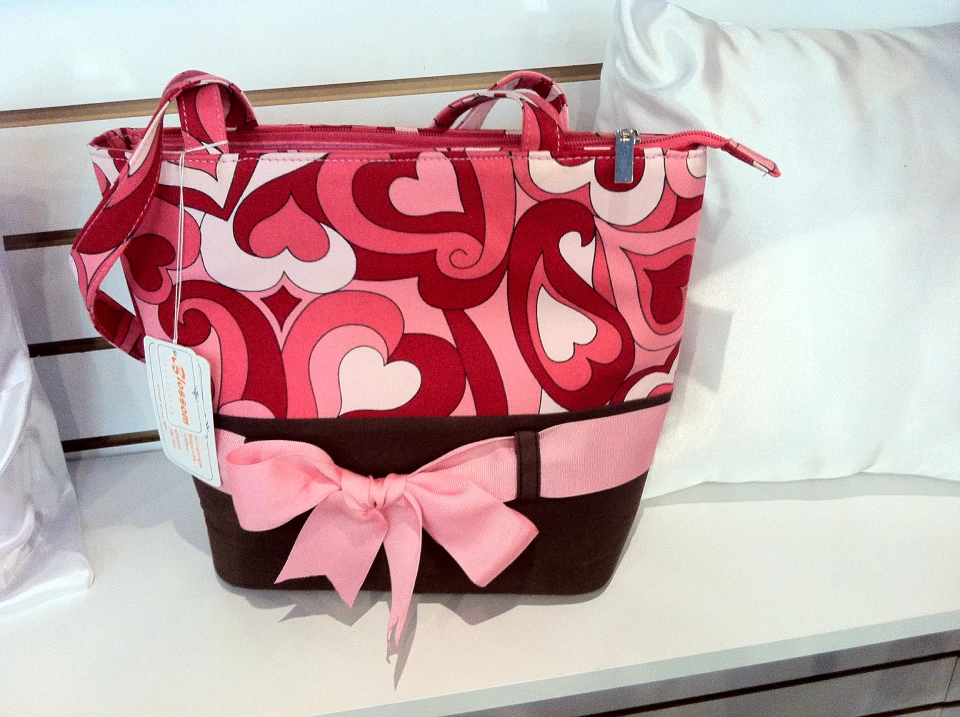Embroidered Sports Teams Names and Numbers - Specialist and Sturdy
Embroidered Sports Teams Names and Numbers - Specialist and Sturdy
Blog Article
The Art of Custom-made Needlework: Opening the Keys to Creating Distinct and Unforgettable Styles
Needlework, a craft soaked in custom and creativity, holds within its elaborate stitches the power to transform fabric right into a canvas of distinct expression. The tricks to developing customized needlework layouts that captivate the eye and leave a long-term impact lie in a fragile equilibrium of technique, creativity, and interest to detail. As we explore the globe of custom-made embroidery, we uncover the nuanced interplay between string choice, stitch intricacy, and layout personalization that elevates a simple garment to a job of art. Join us on a trip via the art of custom-made needlework as we unravel the mysteries behind crafting genuinely remarkable and unique productions.
Picking the Right Needlework Threads
When choosing needlework threads, what essential elements should you consider to ensure the ideal outcomes for your customized designs? The option of embroidery thread is vital in figuring out the last outcome of your stitched layout. Among the primary considerations is the material of the string. Various materials such as cotton, polyester, rayon, and silk use varying degrees of luster, durability, and texture. It is important to select a thread material that enhances the textile you are embroidering on and straightens with the preferred look of the layout.
Thicker threads can include measurement and structure to your design, while finer strings are ideal for complex information and tiny text. Additionally, thinking about the shade fastness and washability of the thread is vital to make sure that your custom-made styles maintain their high quality and vibrancy over time.
Checking Out Different Stitch Strategies
To look into the world of 'Discovering Different Stitch Techniques', one need to grasp the intricacies and subtleties that each stitching technique brings to the art of embroidery. Various stitch strategies not only add aesthetic rate of interest but also contribute to the general appearance and measurement of the design. One preferred stitch strategy is the satin stitch, which entails very closely stuffed parallel stitches to produce a smooth and glossy surface, ideal for completing forms and producing vibrant lays out.
On the various other hand, the backstitch is a flexible technique typically used for describing and adding great details. It entails stitching in reverse to develop a strong line of embroidery. Additionally, the French knot stitch adds a responsive aspect to styles, perfect for developing distinctive accents like blossom centers or attractive touches.
Discovering various stitch methods enables embroiderers to have fun with light, darkness, and deepness within their designs, elevating the aesthetic charm and creative top quality of their embroidery jobs. By understanding different stitching methods, one can unlock limitless opportunities for creating distinct and unforgettable custom embroidery pieces.
Incorporating Personalized Style Elements
Having discovered the weblink ins and outs of different you can find out more stitch methods such as the satin stitch, backstitch, and French knot, the focus currently moves towards integrating customized style elements in custom embroidery tasks. Personalized style components play a critical duty in making embroidery jobs truly special and remarkable.
Another method to incorporate tailored design elements is by including symbols or themes that hold special definition to the recipient or reflect their interests and character. As an example, incorporating a favored flower, pet, or hobby-related sign can make the needlework design more purposeful and individualized. Additionally, picking colors that resonate with the recipient or straighten with the designated style can additionally boost the customization of the embroidery project.
Mastering the Art of Color Sychronisation
One secret facet of shade coordination is recognizing shade theory. This includes recognizing exactly how various colors engage with each other, the feelings they convey, and just how they can be incorporated to create visually enticing layouts. By using color concept concepts, embroiderers can produce harmonious shade schemes that boost the overall appearance of the style.
In addition, paying attention to comparison is important in shade control. Making use of contrasting colors can assist specific components of the design pop, boost readability, and create a visually vibrant needlework item. By mastering the art of color coordination, embroiderers can boost their designs and create remarkable items that reverberate with customers and visitors alike.
Enhancing Structure With Advanced Embroidery Stitches

French knots, for instance, are excellent for including little, increased dots to your style, resembling the look of grains or developing a distinctive surface. Bullion knots, on the other hand, can be made use of to produce page twisted, ropelike aspects that add an extravagant feel to the embroidery. Seed sewing involves small, scattered stitches that can complete locations with a polychromatic appearance, while turkey job produces cosy, dimensional accents reminiscent of animal fur or foliage. Explore these advanced embroidery stitches enables you to press the limits of typical embroidery and create genuinely special and aesthetically attractive structures in your designs.
Verdict
Finally, the art of customized embroidery involves a combination of choosing the best strings, discovering various stitch strategies, incorporating personalized design components, mastering shade control, and boosting structure with sophisticated stitches. By understanding and carrying out these vital aspects, embroiderers can produce unique and remarkable layouts that display their creativity and ability. Embroidery fanatics can open the tricks to developing stunning and bespoke pieces that stick out and leave an enduring impression.
Report this page